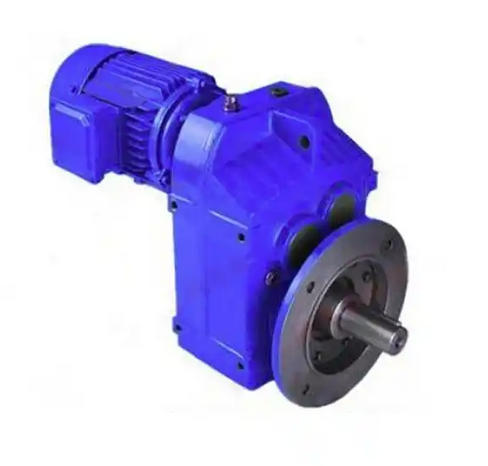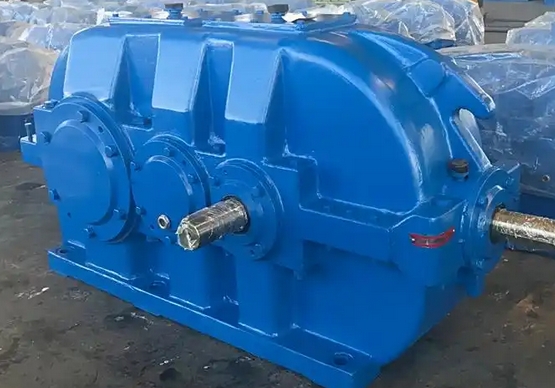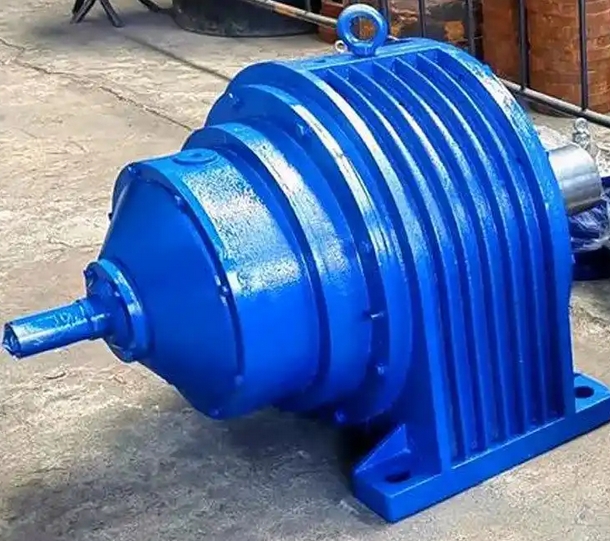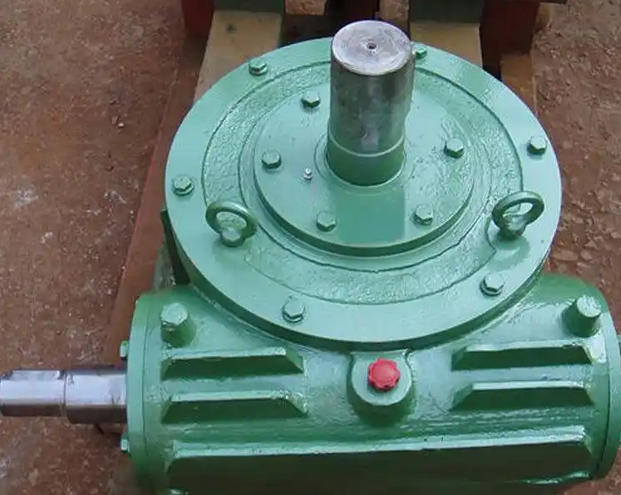How to avoid damaging components during the installation process of XLED74-73.1-4KW cycloidal pinwheel reducer
When installing this model of cycloidal pinwheel reducer, the key to avoiding component damage is to handle with care, accurately align, operate in a standardized manner, and clean and protect. Specific precautions are as follows:1. Pre installation protection: Avoid damage to parts during pre-treatment
After opening the box for new components such as cycloidal gears, needle gear housings, bearings, etc., avoid placing them directly on the ground or rough surfaces. Use clean rubber pads or cardboard boxes to lay them on to prevent collisions and scratches on the mating surfaces.

Check the appearance of all parts to confirm that there are no factory cracks, deformations, or burrs. If there are defects, replace them immediately and do not force assembly.
When cleaning parts, use a soft cloth and specialized cleaning agent. It is forbidden to use hard tools such as steel wire balls and sandpaper to wipe the tooth surface and mating surface to avoid damaging the surface accuracy.
2. Assembly operation: Eliminate violent installation
When aligning the parts, they should be aligned smoothly. The mating surfaces between the cycloid gear and the needle gear housing, as well as between the input shaft and the cycloid gear, should be completely fitted, and forced squeezing or hard plugging are prohibited.
When it is necessary to strike the auxiliary assembly, a copper rod or rubber hammer must be used, and the striking position must be on the non working surface of the part (such as the edge of the cycloidal gear end face, the flange surface of the needle tooth shell). It is forbidden to directly strike the tooth surface, shaft head or bearing outer ring with an iron hammer.
When dismantling old parts (if any), use a puller (three claws/two claws) to remove interference fit parts, without forcefully prying or twisting, to avoid part deformation or tooth surface chipping.
3. Matching surface treatment: prevent impurities from wearing out
All mating surfaces (shaft and bearing, cycloidal gear inner hole, needle tooth housing inner circle, etc.) must be thoroughly cleaned, free of oil stains, iron filings, dust residue, and a small amount of gearbox specific lubricating grease can be applied before assembly to reduce assembly friction.
Do not apply impurities other than butter on the mating surface (such as oil mixed with iron filings) to avoid exacerbating component wear during operation.
4. Bolt tightening: avoid uneven stress
The fixing bolts of components such as the needle tooth housing, end cover, and machine casing should be evenly distributed and tightened along the circumference, gradually applied 2-3 times, and finally tightened with a torque wrench according to the manufacturer's specified torque, without over tightening or loosening.
It is prohibited to tighten a single bolt at once to prevent component deviation and deformation, which may cause abnormal internal meshing clearance and lead to operational wear.
5. Phase and gap: avoid meshing misalignment
When installing the cycloidal gear, it must be aligned with the phase mark (if any) to ensure that it is in phase with the input shaft eccentric sleeve. Otherwise, it may cause the cycloidal gear to forcefully mesh with the needle teeth, resulting in tooth surface damage.
After assembly, check the radial clearance with a feeler gauge to ensure it is within the manufacturer's specified range (usually 0.05-0.15mm). If the clearance is too small, do not forcefully operate it. Adjust the thickness of the gasket to avoid dry grinding and damaging the components





